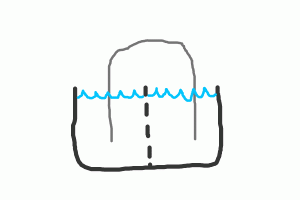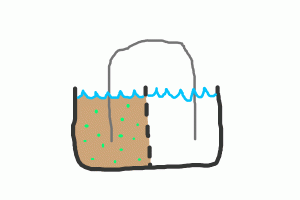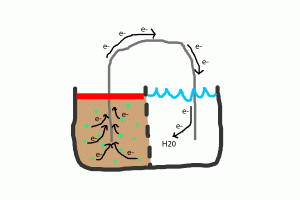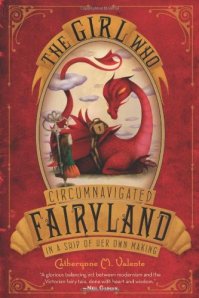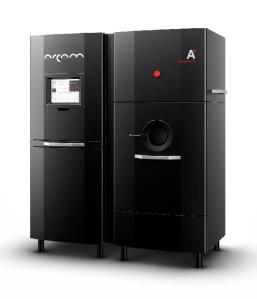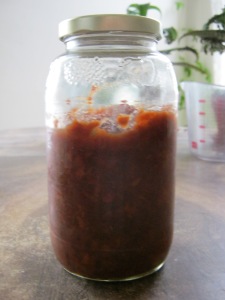Hello and welcome to the second installment of the cool stuff I saw at the National Association of Science Writers conference.
Dr. Bruce Logan of Penn State University is seeking to address two global problems at once. One of these problems should be pretty familiar: we need new and better sources of energy. The other problem is one that you probably don’t think about much. The treatment of wastewater has a high energy cost. In the United States, 1.5% of all our energy consumption goes to wastewater treatment alone.
Dr. Logan hopes to turn wastewater around into a potential energy source. Wastewater is literally full of crap, but the cellulose and other organic molecules in it contain energy in their chemical bonds that bacteria can digest. If we can get bacteria to digest organic matter in the right environment, we can harvest electricity from the chemical bonds at the same time that the water is being purified.
The self-contained units that Dr. Logan and his team build to house the bacteria are microbial fuel cells.
The basics of the microbial fuel cell
The microbial fuel cell contains two chambers that are each filled with water. The membrane that separates the two chambers only allows ions to pass through. This prevents charge from building up when electrical current is passing through the system. A metal wire runs from one chamber into the other.
Step one: Collect a sample of bacteria from a wastewater treatment plant. Put the bacteria, along with some “fuel,” into one chamber.
Step two: Seal the chamber with the bacteria off from the air. When bacteria digest organic molecules, they strip electrons off of them. Eventually, these electrons have to go somewhere. Oxygen will take the electrons if oxygen is around, but if there is no oxygen in the chamber, the bacteria are forced to dump the electrons into the wire.
Step three: At the other end of the wire, the electrons combine with oxygen and protons to form water. Now electrons are continuously passing through the wire. Current! You can hook an electric-powered device up to the wire and it will run.
Benchtop versions of these microbial fuel cells already work. Click here to watch a video of a microbial fuel cell running a fan. And here, you can learn more about the Logan lab’s work.

